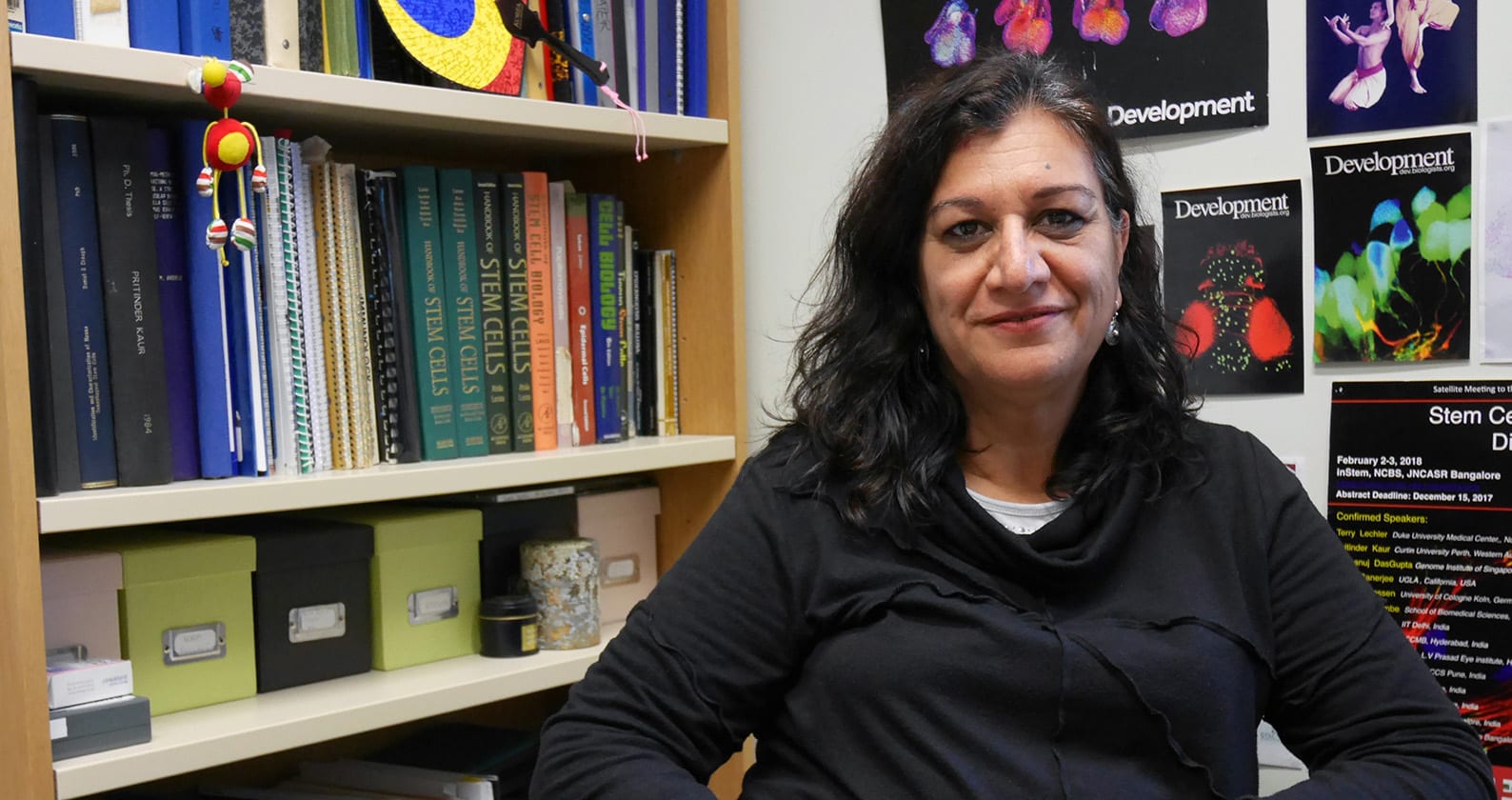Curtin University researchers have been awarded $737,689 in funding to develop a safe, effective and affordable treatment for severe and chronic skin wounds.
The Minister for Health, the Honourable Greg Hunt, announced the Curtin research project received funding in the latest round of grants for the Medical Research Future Fund (MRFF) Stem Cell Therapies 2020.
The project, led by Associate Professor Pritinder Kaur from Curtin’s School of Pharmacy and Biomedical Sciences and the Curtin Health Innovation Research Institute (CHIRI), will establish and optimise 3D technologies for bio-printing skin tissue directly onto model wounds, as a precursor to skin repair in humans.
Curtin University Deputy Vice Chancellor Research Professor Chris Moran congratulated Associate Professor Kaur on receiving funding her important work, which will provide a revolutionary new system for the treatment of skin trauma.
“Associate Professor Kaur and her team will develop a clinical prototype 3D bio-printing platform using stem cells to improve the treatment and healing of wounds and scars,” Professor Moran said.
“The work will support current therapies to treat acute and chronic wounds such as skin grafts and cell-based therapies. The project brings together a range of expertise including stem cell and matrix biology and will position Australia at the forefront of this emerging clinical-technology.”
This proposal brings together the expertise of seven key investigators across Australia including Professor Fiona Wood, who is a burns surgeon in Western Australia, and Professor Gordon Wallace, a bio-printing and bioengineering expert from the University of Wollongong.
Associate Professor Kaur said skin trauma and the resulting scars remain a significant clinical challenge and a solution that could accelerate wound healing with reduced scarring has the potential to improve millions of lives globally.
“In Australia, 200,000 people suffer from burns each year and the cost to the Australian community is more than $150 million per annum. In addition to functional limitations, people with scars as a result of chronic wounds commonly suffer psychological complications such as social avoidance and isolation,” Associate Professor Kaur said.
“3D bio-printing is a highly transformative technology for tissue repair and enables clinicians to directly print different layers of skin onto the wound in a single process, reducing surgical interventions and hospitalisation. It offers a personalised, patient-specific approach with each change to the structure and cells used being tailored to the wound.
“The new pre-clinical treatment could help to promote rapid wound healing, shorten the length of hospital stays, reduce surgical time, improve skin function and scar formation in patients with skin wounds.”



